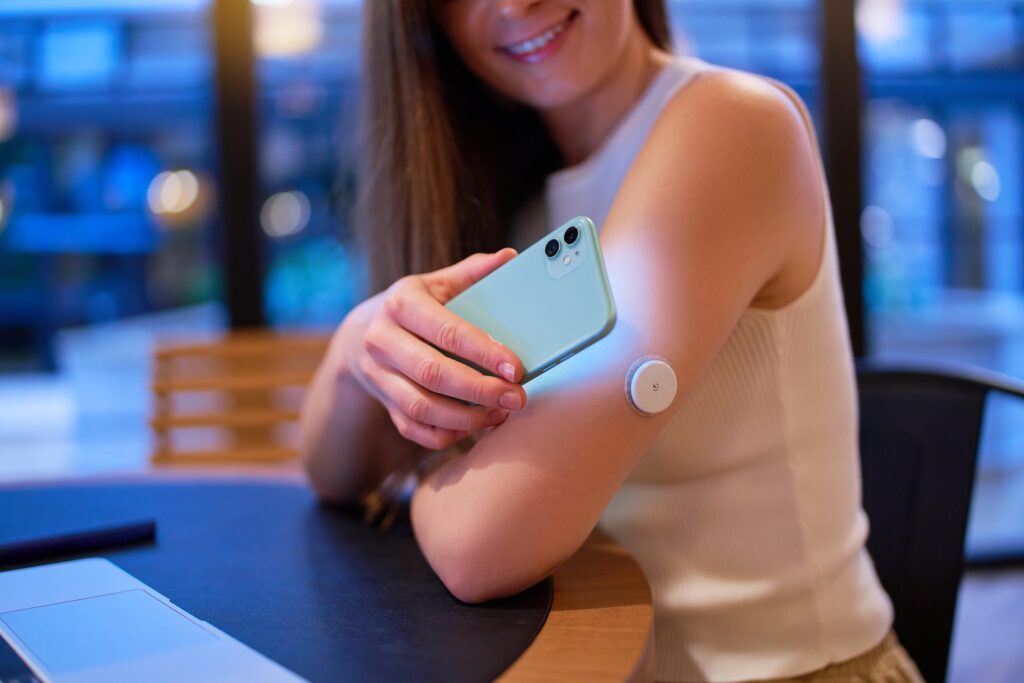Insulin sensitivity
Insulin is a hormone made by the Beta-cells in our pancreas and is secreted to facilitate the transit of glucose (sugars) from the blood to the cells where it’s used for energy. In a non-diabetic person this is normally what happens after eating a meal.
In someone who is diabetic insulin sensitivity is either non-existence or the glucose uptake is limited or restricted . . . . hence the term insulin resistance. This limited insulin uptake results in a build-up of sugars in the blood which can lead to pre-diabetes and eventually to type 2 diabetes.
If you are a diabetic on insulin by now you should know how much to take in-order to maintain your glucose levels evenly throughout a twenty-four cycle. The important thing here is to test before eating a meal to gauge your sugar levels and how much insulin to give yourself.
Excess weight and a lack of physical activity are two of the main causes of type 2 diabetes. To combat these conditions we must lose the weight through dieting and by becoming more active — meaning we have to get up and move. If you are in a panic mode and need to lose weight safely and quickly then I recommend the 3 week diet.
When starting an exercise program you will need to make adjustments to your bolus amount because your body will be working more efficiently to process the sugars in your system. In fact one of the down sides of regular exercising for diabetics is hypoglycemia — a dangerous condition where your energy is depleting at a rapid rate, similar to someone turning down a dimmer light switch. You may need to have quick acting sugar source such as a hard candy or a glucose drink to avoid fatigue and potential injuries.
Benefits of exercising
On going research continues to highlight the benefits exercise has on a diabetic with the evidence thus far clearly demonstrating its positive impact on insulin resistance.
Your body becomes more sensitive to insulin when you exercise it as is noted by recent documentation from the American Diabetes Association:
There are a few ways that exercise lowers blood glucose:
- Insulin sensitivity is increased so you cells are better able to use any available insulin to take up glucose during and after activity.
- When your muscles contract during activity, it stimulates another mechanism that is completely separate of insulin. This mechanism allows your cells to take up glucose and use it for energy whether insulin is available or not.
For up to two hours after exercising your body is still absorbing insulin which makes it important to determine your blood sugar levels before having your next meal. This is why I urge you to test before, during and after any activity . . . . especially intense activity.
Giving yourself a bolus when exercising
If you need to take a shot of insulin before starting your exercises by all means do so however don’t administer the insulin in the muscle that you plan to exercise because it will get use up faster than if given in a non-active muscle.
For example, if you are going to do squats or focus on your lower body then take a shot in your tummy or a location in your upper body so that the insulin is distributed equally throughout your body.
Use the following injection tips issued by the Joslin Diabetes Center:
Tips for Injecting Insulin
- Stomach: Stay at least two inches away from the bellybutton or any scars you may already have when using the abdomen for injections.
- Thigh: Inject at least 4 inches or about one hand’s width above the knee and at least 4 inches down from the top of the leg. The best area on the leg is the top and outer area of the thigh. Do not inject insulin into your inner thigh because of the number of blood vessels and nerves in this area.
- Arm: Inject into fatty tissue in the back of the arm between the shoulder and the elbow.
- Buttock: Inject into the hip or “wallet area” and not into the lower buttock area.
- When rotating sites within one injection area, keep injections about an inch (or
two finger widths) apart. - Massage or exercise that occurs immediately after the injection may speed up absorption because of the increased circulation to the injection site. If you plan on strenuous physical activity shortly after injecting insulin, don’t inject in an area affected by the exercise. For example, if you plan to play tennis, don’t inject into your racquet arm. If you plan to jog or run, don’t inject it into your thighs.







Thanks for finally talking about >Exercises for diabetes –
You must control glucose levels when exercising | exercises foor diabetes <Liked it!